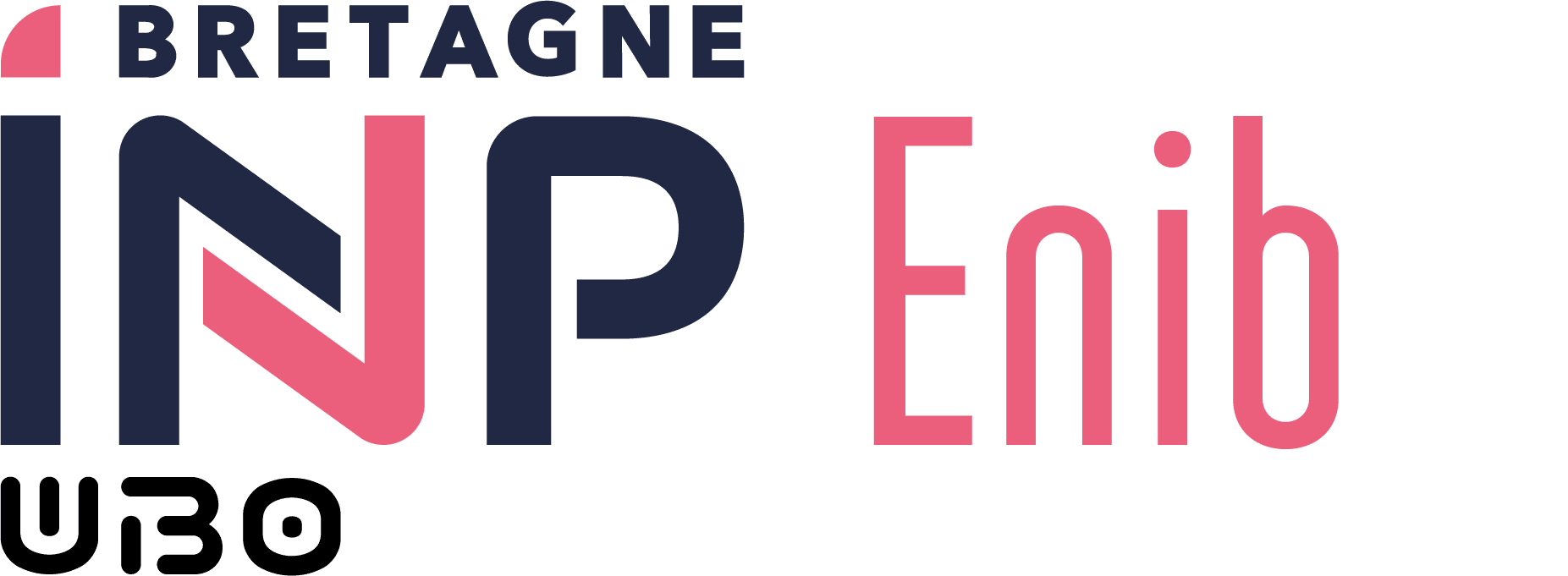Systems Control and Command (09_O-CCM)
- Coefficient : 5
- Hourly Volume: 150.0h (including 72.0h supervised)
- CTD : 19.5h supervised
- Labo : 52.5h supervised (and 12h unsupervised)
- Out-of-schedule personal work : 66h
- Including project : 18h supervised and 36h unsupervised project
AATs Lists
Description
- Linear systems control (state representation, stability, controllability, observability, state feedback control, observer, state estimator)
- Lyapunov stability (equilibrium stability concepts, Lyapunov linearization method, Lyapunov direct method)
- Introduction to controlled systems identification
- Introduction to parameter and noisy signal estimation using algebraic methods
- Introduction to robust control based on singular perturbations
- Introduction to nonlinear control (linearization, sliding modes, Lyapunov, flatness)
Learning Outcomes (AAv)
AAv1 [heures: 12, B2, B3]: By the end of this course, students will be able to describe and model a controlled system in state representation, for applications in mechatronics, instrumentation, or energy production. The dynamic system may be of varied nature: linear or non-linear, possibly non-stationary, continuous or discrete time, single-input/single-output (SISO) or multi-input/multi-output (MIMO).
AAv2 [heures: 8, B2, B3]: By the end of this course, students will be able to simulate a controlled system in state representation using scientific computation software and perform transformations to access various system representations (differential equations, state representation, transfer function, transfer matrix).
AAv3 [heures: 12, B2, B3, B4, D2, D3, D4]: By the end of this course, students will be able to construct a state observer and synthesize an observed state feedback control on a linear SISO system meeting specifications (stability, precision, speed, robustness).
AAv4 [heures: 12, B2, B3, B4, D2, D3, D4]: By the end of this course, students will be able to model modeling uncertainties of a discrete-time dynamic system and state observation uncertainties, for adaptive state estimation they will implement using Kalman filtering for linear systems.
AAv5 [heures: 20, B2, B3, B4, D2, D3, D4, E1, F1]: By the end of this course, students will be able to linearize a dynamic process or observation law to perform adaptive state estimation using extended Kalman filtering (EKF filter) and make a comparison with an Unscented Kalman filter (UKF).
AAv6 [heures: 16, B2, B3, B4, D2, D3, D4, E1, F1]: By the end of this course, students will be able to implement linear system control by state feedback according to a quadratic optimization criterion: LQR control or LQG control when the state is only partially observed
AAv7 [heures: 12, B2, B3]: By the end of this course, students will be able to identify equilibrium points and analyze local stability of a nonlinear dynamic system, in the phase plane (for order 2 systems) and using Lyapunov methods
AAv8 [heures: 42, B2, B3, B4, D2, D3, D4, E1, F1]: By the end of this course, students will be able to implement, deploy and tune some nonlinear system control solutions: linearizing control, flatness-based control, Lyapunov function-based control...
Assessment Methods
- Average of several continuous assessment evaluations
Keywords
- state variables, modeling, stability, phase plane, Lyapunov, linear and nonlinear control, robustness, estimation, simulation.
Prerequisites
- Analog and digital control systems; standard linear algebra; analysis; differential equations; programming concepts (Scilab).
Resources
- B. Friedland. Control System Design. An introduction to State-Space Methods. Dover Publication. 1986.
- J. Lévine Analysis of Nonlinear Systems. A Flatness-based Approach. Springer. 2009.
- N. S. Nise, "Control Systems Engineering", 4th Ed., Wiley, 2004.
- H. Sira-Ramirez and S. K. Agrawal. Differentially Flat Systems. Marcel Dekker. 2004.
- J. J. E Slotine and W. Li. Applied nonlinear control. Prentice-Hall, 1990.
